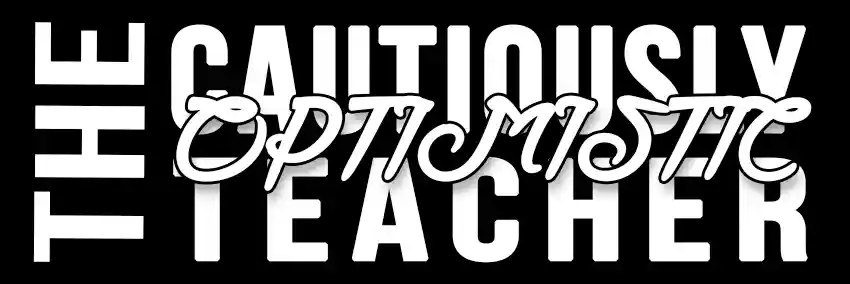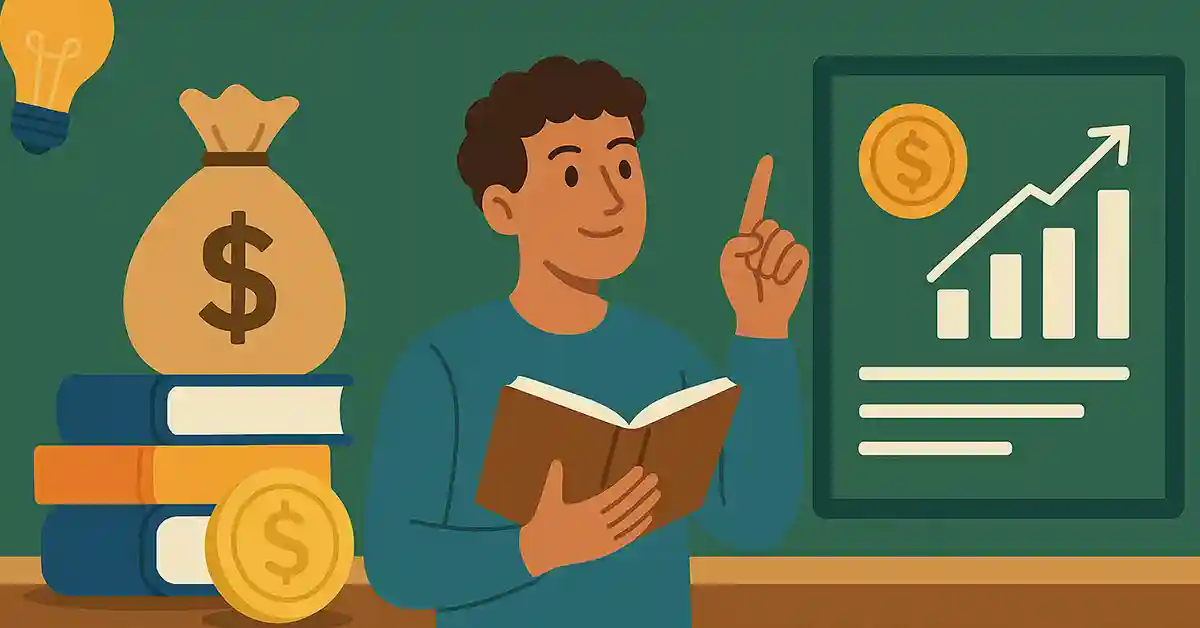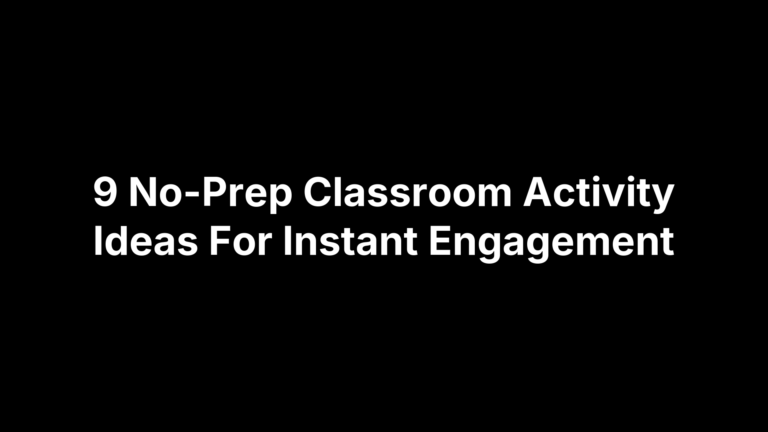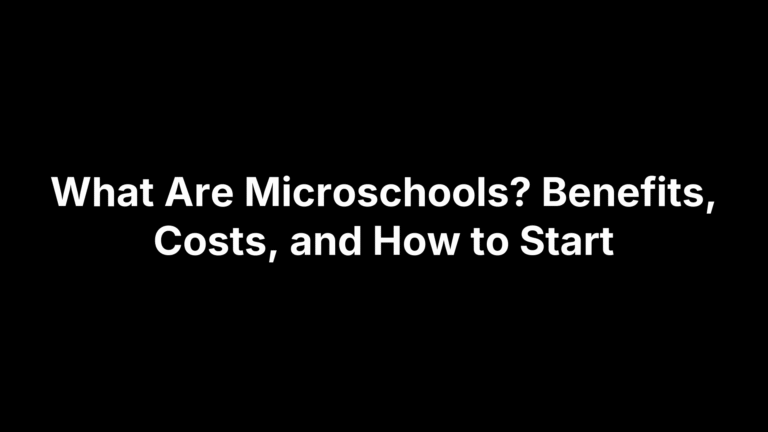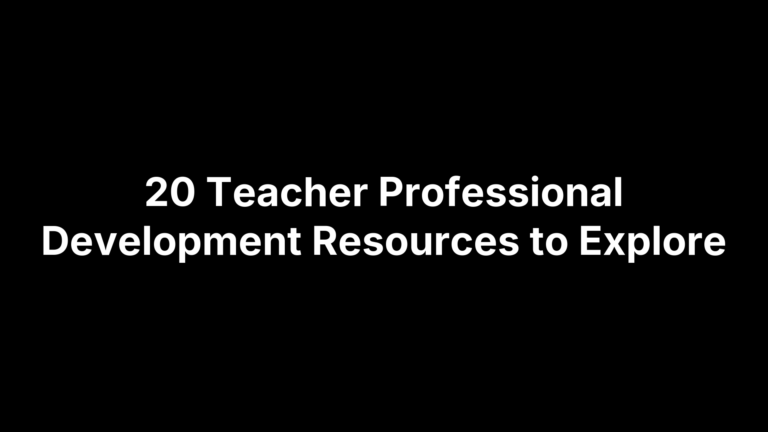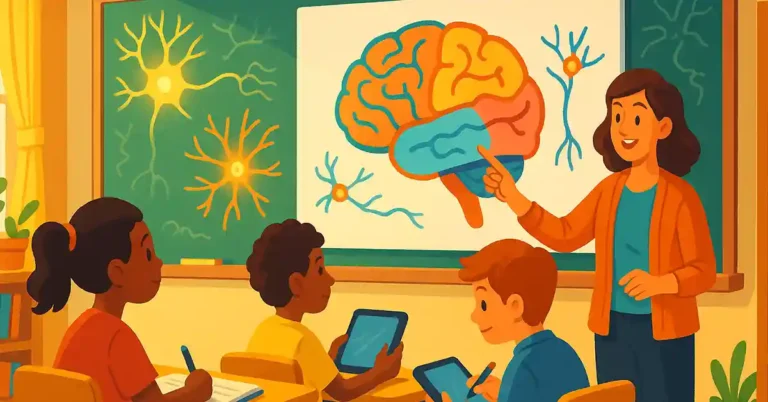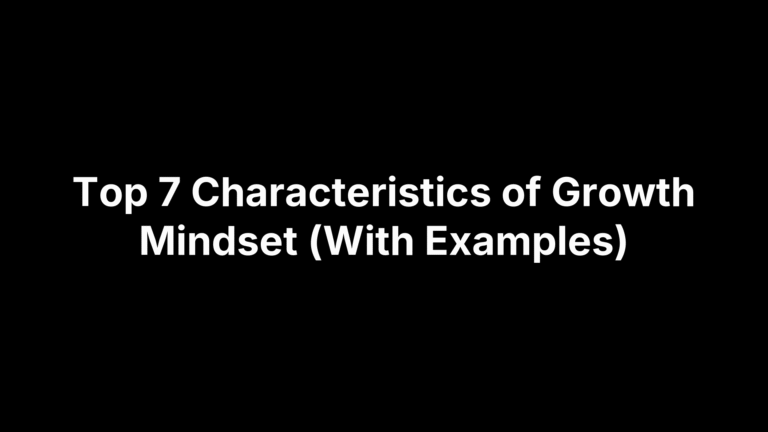The Importance of Teaching Financial Literacy in Schools
Confession time: as a rookie teacher I could quote Shakespeare on command, but I couldn’t explain compound interest without breaking into a cold sweat. If my teen self had known the difference between an RRSP and a rapper, I’d have skipped a lot of ramen‑noodle dinners. That personal “oops” fuels today’s mission‑critical topic—the importance of teaching financial literacy in schools.
1. Half of Adults Still Flunk the Money Quiz
The 2024 P‑Fin Index shows U S adults answer barely half of basic money questions correctly, and average literacy has actually slipped two percentage points in the last two years.
If grown‑ups are confused by APR vs. APY, imagine the seventh‑grader who thinks a budget is what Batman drives.
2. Schools Are (Finally) Catching Up—but Only If We Push
Policy makers have noticed: 27 states now require a personal finance credit for high‑school graduation, up from just six in 2019. Sixteen of those states insist on a stand‑alone course.
Translation: the momentum is real, but nearly half the country still leaves money matters to chance—and to TikTok “finfluencers.”
3. The Data Say It Works
Students in Utah’s long‑running program finish school with higher credit scores and fewer payday‑loan disasters. Meanwhile, Virginia grads who took mandated finance classes carry less student‑loan debt and save more.
A 2023 multi‑state study backs that up, showing teens taught money skills make smarter financial decisions well into adulthood.
In short, curricular time invested now pays literal dividends later.
4. Early Birds Really Do Catch the Worm (or the Dollar)
Experts suggest money habits start forming between ages 3 and 7. Giving kids hands‑on pocket‑money tasks and “storekeeper” role‑plays sets the stage for budgeting and saving later on.
Waiting until Grade 12 is like handing students car keys after their road test.
Master Speed Reading and Memory
Unlock the secrets of speed reading and memory mastery. This practical guide helps you boost your reading speed, sharpen recall, and learn smarter — starting today.
5. Five Practical Ways to Sneak Finance Into Any Class
Math mash‑ups: Swap anonymous numbers for mini‑budgets, interest calculations, and probability of savings goals.
History’s hidden ledgers: Tie the Great Depression or Silk Road trade to real‑world economic choices.
Five‑minute “money moments”: Monday bell‑ringer = students guess the price of a celebrity purchase; Friday wrap‑up = reveal the opportunity cost.
Classroom economy simulations: Earn “class cash” for participation, pay “rent” for desk space, and vote on a shared‑pot investment.
Project‑based learning: Groups design a budget‑friendly school event and pitch it “Shark Tank”‑style.
6. But I’m Not a Finance Guru—Help!
Leverage free curricula from NFEC, Next Gen Personal Finance, or your state’s Department of Education.
Collaborate with business‑education teachers; trade a lesson on comma splices for their budgeting pre‑test.
Bring in community voices: bankers, credit‑union reps, even savvy parents (everyone loves a guest speaker who arrives with donuts).
Model transparency: share (appropriate) personal money wins and face‑palm moments; authenticity beats perfection.
7. The Ripple Effect: Beyond Dollars and Cents
Teaching money smarts boosts students’ confidence, reduces anxiety, and nurtures critical‑thinking skills. It also aligns with broader equity goals—knowledge is the great interest‑rate equalizer. When we embed the importance of teaching financial literacy in schools into everyday learning, we empower the next generation to make choices that break cycles of debt and build sustainable communities.
Ready to Champion Change?
Start small—a bell‑ringer here, a budget project there—but start now. Your future students (and their future bank balances) will thank you. And hey, maybe one day they’ll even buy you lunch—compound interest in action!
